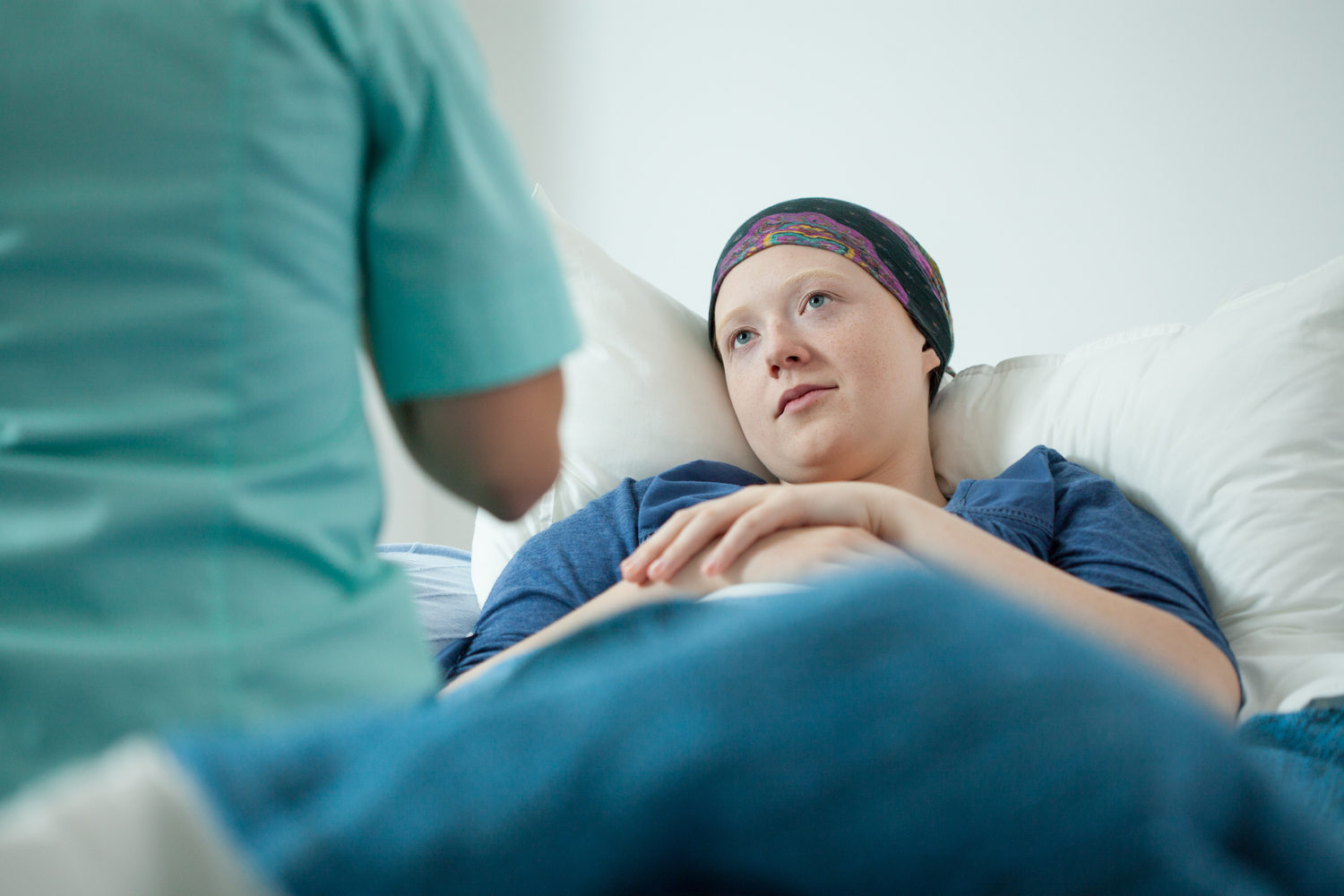
Treating breast cancer at various stages
Doctors use different stages of breast cancer to indicate the spread and location of the tumor. Understanding these details about the condition can be of particular use when trying to treat the condition. Cancer staging enables the doctor to decide if further tests are required and the most adequate form of treatment they need to proceed with. Cancer staging takes place in two parts, the first rating is done before the treatment begins and the second one is done after post-treatment.
Given below are the various kinds of treatments most commonly opted for at the different stages of breast cancer:
1. Stage 0
cancer in this stage is known to be non-invasive as it is only present inside the milk ducts. As this stage is classified as non-invasive, the treatment administered differs from the further stages that are classified as invasive tumors. Total mastectomy, lumpectomy with radiation, or lumpectomy alone are some treatment approaches for breast cancer in stage 0. Hormonal therapy could also be prescribed.
2. Stage 1
Stage 1A indicates that the tumor is about 2cm in size and has not extended beyond the breast. Stage 1B, on the other hand, indicates small groups of cancer cells sized between 0.2mm and 2mm in the lymph nodes, with the possibility of a tumor in the breast not larger than 2cm. Total mastectomy, lumpectomy along with radiation, sentinel lymph node biopsy, axillary lymph node biopsy, chemotherapy to decrease the chances of recurrence, hormonal therapy (if the patient has hormone-receptor-positive-cancer), and targeted therapy are some treatment options for this stage.
3. Stage 2
In this stage, the treatment options for breast cancer include total mastectomy (which might need to be followed up with radiation), lumpectomy along with radiation, and chemotherapy to reduce the size of a large single tumor. Sentinel lymph node dissection, radiation to internal mammary lymph nodes and/or supraclavicular lymph nodes, and axillary lymph node biopsy are other treatment options that can be availed for this stage.
4. Stage 3
In this stage, treatments for breast cancer particularly include chemotherapy, which is used to reduce the size of the tumor and the size and spread of cancer in the lymph nodes. This treatment of chemotherapy is to be followed by either lumpectomy and radiation, or by mastectomy and radiation. Axillary lymph node removal, radiation to internal mammary lymph nodes and/or supraclavicular lymph nodes, hormonal therapy (if the patient has hormone-receptor-positive-cancer), and targeted therapy are some treatment options for this stage.
5. Stage 4
In this stage, the tumor has spread to other parts of the body and has extended beyond the breast tissue and underarm lymph nodes. Depending on the individual’s case, either surgery, radiation, or both might be used as treatment options in this breast cancer stage. Treatment of enlarged lymph nodes might be considered if they cause significant discomfort or lead to the development of other symptoms. Chemotherapy is almost always recommended in this stage. Hormonal therapy (if the patient has hormone-receptor-positive-cancer), targeted therapy, and radiation to other affected parts of the body are also recommended treatment options for this stage.


